Topical Antibiotic Selector
Step 1: Select Infection Type
Step 2: Consider MRSA Risk
Step 3: Prescription Availability
Step 4: Skin Sensitivity
Your Recommended Ointment:
When treating minor skin infections, Bactroban Ointment is a 5g tube of mupirocin, a prescription‑only topical antibiotic that targets Gram‑positive bacteria. Bactroban has become a go‑to option for doctors, but it isn’t the only cream on the shelf. Below you’ll find a head‑to‑head look at the most common alternatives, their strengths, drawbacks, and when each might be the better choice for you.
Quick Take
- Bactroban (mupirocin) is highly effective against Staphylococcus aureus, including some MRSA strains.
- Fusidic acid offers a cheaper, over‑the‑counter (OTC) option but has a narrower spectrum.
- Retapamulin is a newer topical that works on both Gram‑positive and some Gram‑negative bacteria.
- Non‑antibiotic ointments (e.g., povidone‑iodine, medical honey) avoid resistance concerns but may need longer treatment.
- Cost, prescription status, and skin‑type tolerance often decide the final pick.
What Is Bactroban (Mupirocin) Really?
Mupirocin, the active ingredient in Bactroban, inhibits bacterial isoleucyl‑tRNA synthetase, halting protein synthesis. This mechanism makes it potent against skin flora such as Staphylococcus aureus and Streptococcus pyogenes. In NewZealand, a standard 5g tube costs roughly NZ$35‑40 and requires a prescription.
Typical use: Apply a thin layer twice daily for 5‑10days to clean, dry skin. Common side effects include mild burning, itching, or temporary redness. Rarely, systemic absorption can cause liver enzyme changes, so patients with extensive burns should be monitored.
Topical Antibiotic Alternatives to Consider
Below is a snapshot of the most widely used alternatives. The table uses Thing microdata for each ingredient, making it easy for search engines to parse.
| Ingredient | Spectrum | Typical Use | Prescription? | Cost (NZD) |
|---|---|---|---|---|
| Mupirocin (Bactroban) | Gram‑positive (incl. MRSA) | Impetigo, small abscesses, wound infection | Yes | 35‑40 |
| Fusidic acid | Gram‑positive (mainly Staph) | Impetigo, minor cuts | No (OTC in many countries) | 10‑15 |
| Retapamulin | Gram‑positive, limited Gram‑negative | Impetigo, superficial skin infections | Yes | 45‑55 |
| Bacitracin | Gram‑positive (Staph, Strep) | Minor abrasions, burns | No (OTC) | 5‑8 |
| Neomycin | Broad Gram‑negative & Gram‑positive | Combination ointments for cuts | No (OTC in combo) | 7‑12 |
| Clindamycin | Gram‑positive, anaerobes | Acne, infected wounds | Yes | 30‑40 |
| Povidone‑iodine | Broad antiseptic | Pre‑surgical skin prep, minor wounds | No (OTC) | 6‑10 |
| Medical honey (Manuka) | Broad antimicrobial | Chronic ulcer, burns | No (OTC) | 15‑25 |
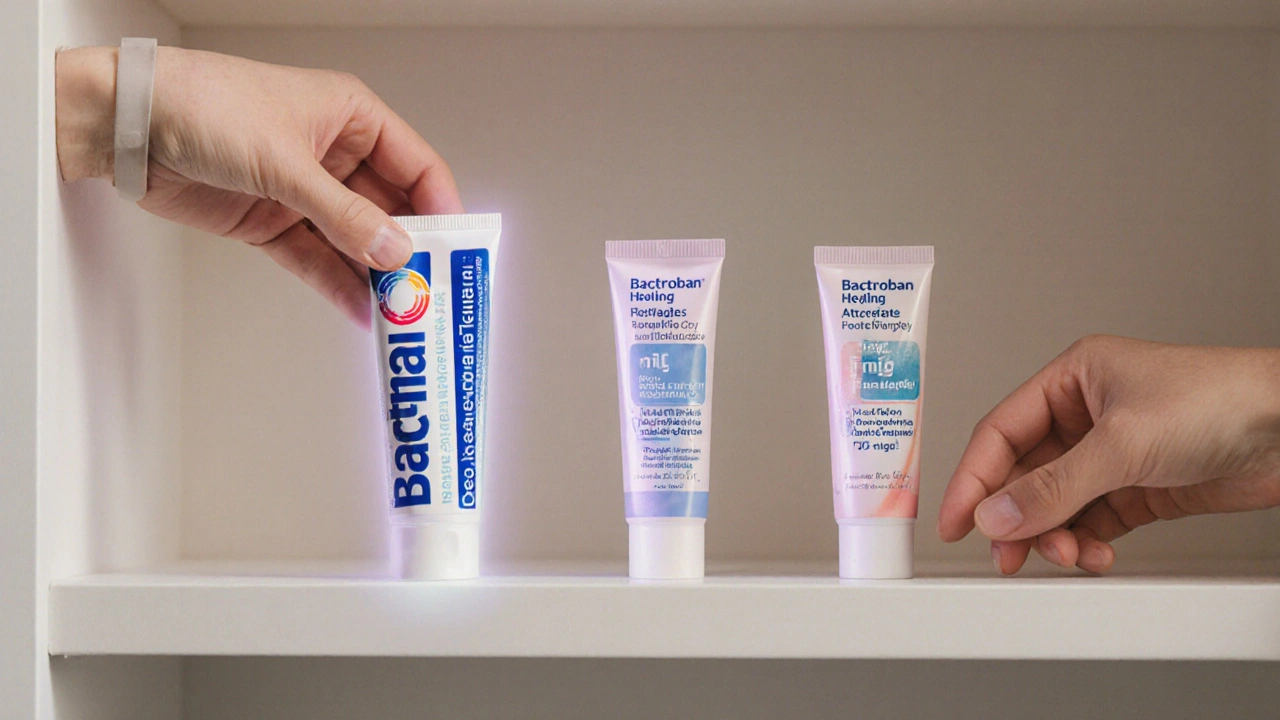
Deep Dive: How Each Alternative Stacks Up
Fusidic acid is popular in Australia and the UK as an OTC product. It’s cheap and works well for straightforward impetigo caused by Staph. However, resistance rates have risen in the last decade, especially in hospitals, so it’s less reliable for MRSA‑suspected cases.
Retapamulin (brand name Altabax) is a newer class called pleuromutilins. Its advantage is a low propensity for resistance and a short 5‑day course. The downside? It’s pricier and not covered by all NZ health funds, making it a second‑line option for many patients.
Bacitracin is part of many classic “triple‑antibiotic” ointments. It’s gentle on the skin and inexpensive, but its spectrum excludes resistant strains, and some people develop allergic contact dermatitis after repeated use.
Neomycin is often paired with bacitracin and polymyxin B. While it broadens coverage, it carries a higher risk of sensitization, especially in people with eczema. In NewZealand, pure neomycin isn’t sold OTC, but combination creams are.
Clindamycin shines for deeper or anaerobic infections and for acne. It’s prescription‑only and can trigger C.difficile colitis when used systemically, but topical use rarely causes that. Its cost sits between mupirocin and retapamulin.
Non‑antibiotic options like povidone‑iodine or Manuka honey sidestep resistance entirely. They’re safe for most skin types and can be used repeatedly, but they usually need a longer treatment window (10‑14days) and may leave staining or a sticky residue.
Choosing the Right Ointment - A Simple Decision Guide
- Identify the pathogen risk. If you suspect MRSA or have a recent hospital exposure, Bactroban or retapamulin are safest.
- Consider prescription barriers. For quick OTC relief, fusidic acid, bacitracin, or povidone‑iodine are accessible.
- Factor in cost and insurance. Bactroban’s NZ$35‑40 price point may be covered by PHARMAC for certain patients; otherwise, cheap OTC creams save money.
- Check skin tolerance. Allergic individuals should avoid neomycin‑based combos and may prefer honey or iodine.
- Assess treatment duration. If you need fast resolution (5days), mupirocin or retapamulin are optimal; for chronic wounds, honey is beneficial.
By walking through these five checkpoints, you can match the infection profile to the most efficient ointment without a trial‑and‑error nightmare.
Practical Tips for Applying Topical Treatments
- Wash hands thoroughly before and after applying any cream.
- Clean the wound with mild saline; avoid harsh antiseptics that can inactivate the drug.
- Apply a thin, even layer; excess cream can trap moisture and promote maceration.
- Cover with a sterile dressing only if the site is prone to rubbing or contamination.
- Complete the full prescribed course, even if the skin looks healed.
Potential Pitfalls & How to Avoid Them
Resistance is the biggest elephant in the room. Over‑using any single antibiotic, especially OTC ones, can select for resistant strains. Rotate or combine with non‑antibiotic agents when feasible. Also, watch for allergic reactions-redness that spreads beyond the application zone, blistering, or intense itching may signal a hypersensitivity that needs medical attention.
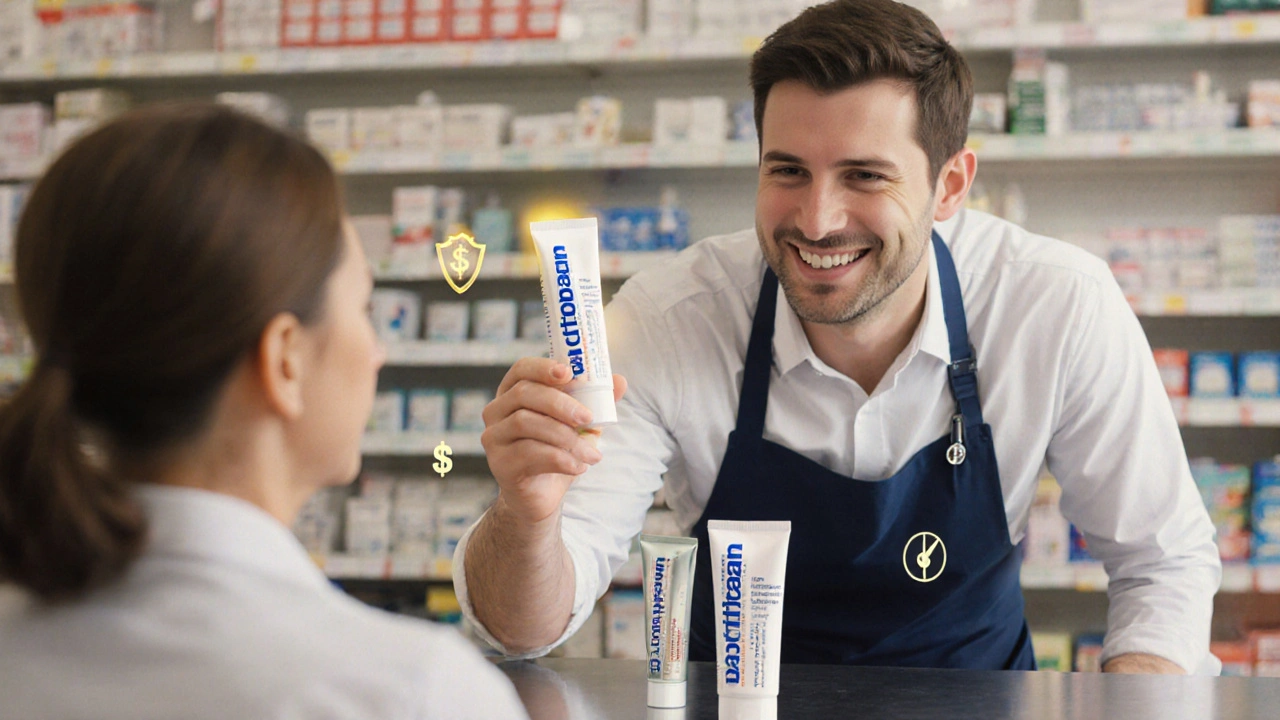
Frequently Asked Questions
Is Bactroban safe for children?
Yes, pediatricians often prescribe it for kids over 2months old. Apply sparingly and follow the 5‑day regimen to minimise side effects.
Can I use fusidic acid for MRSA?
Fusidic acid has limited activity against MRSA. If MRSA is a concern, opt for mupirocin or retapamulin instead.
Why does my skin feel burning after applying Bactroban?
A mild burning sensation is a common local reaction. It usually fades within a few minutes. If it persists or worsens, stop use and see a pharmacist.
Is medical honey effective compared to antibiotics?
Honey, especially Manuka, shows strong antibacterial activity and promotes healing in chronic wounds. It’s not ideal for fast‑acting infections like impetigo, but it’s a good adjunct for non‑healing ulcers.
Do I need a prescription for retapamulin in NewZealand?
Yes, retapamulin is prescription‑only in NZ. Your GP can assess if it’s suitable based on infection severity and resistance risk.

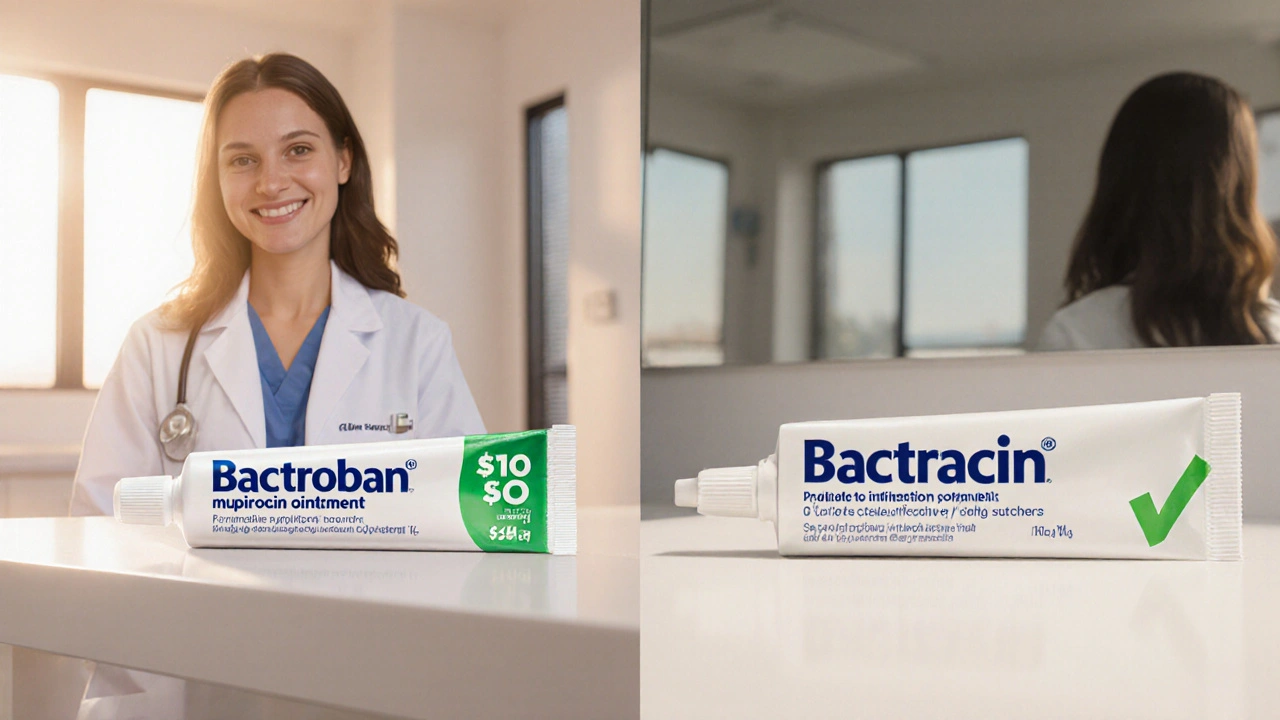

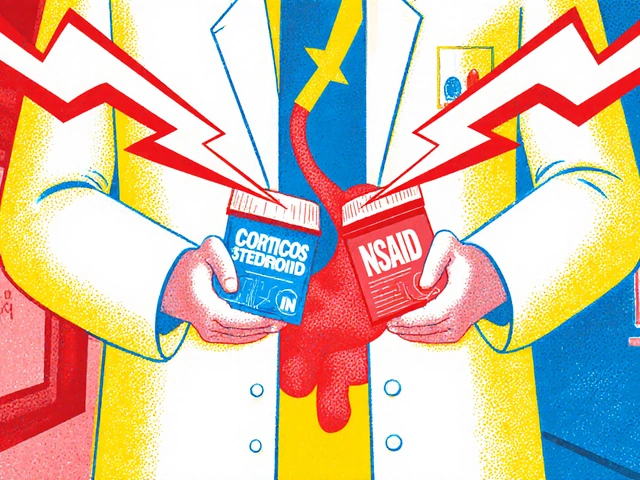
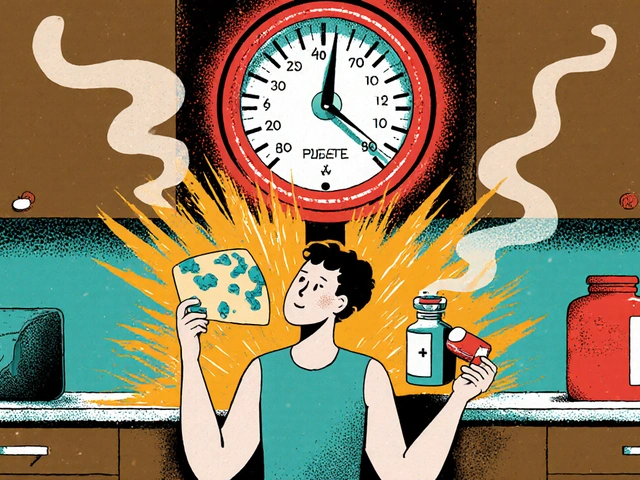
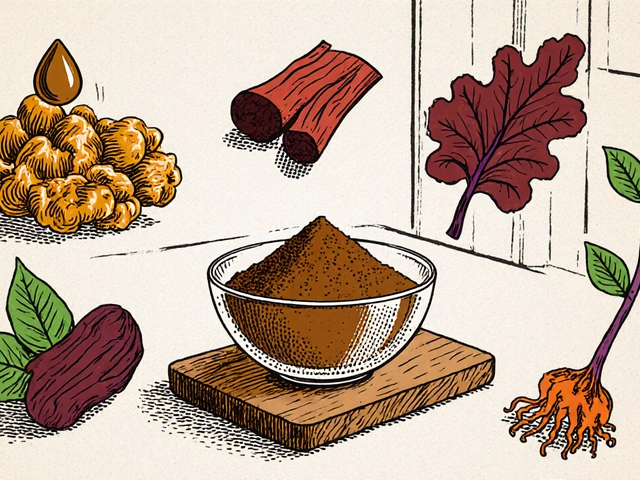
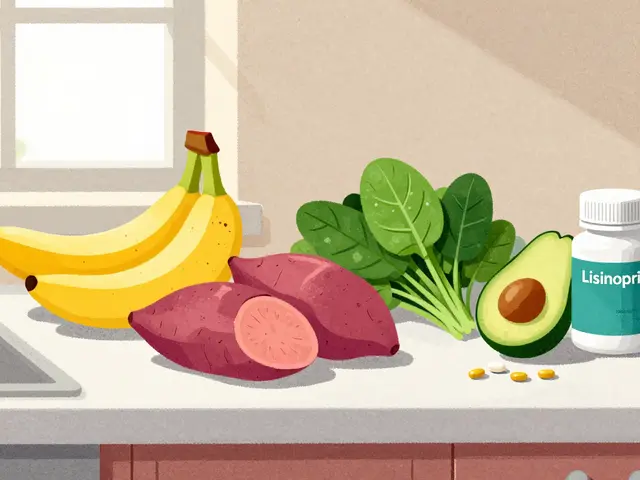

10 comments
Molly Beardall
The sheer audacity of marketing Bactroban as a panacea while ignoring the rising resistance is downright theatrical! I mean, the data clearly shows MRSA cases climbing, yet the ads push the ointment like it's the only hero. And let's not forget the price tag-NZ$35‑40 is a hefty sum for a 5g tube, especially when cheaper alternatives exist. Sure, mupirocin is potent, but relying on a single drug definatley fuels the problem. In short, we need a balanced approach, not a drama‑filled hype train.
Brian Pellot
Great rundown! I love how you laid out the decision tree-makes picking the right ointment less of a guessing game. For anyone on a budget, starting with fusidic acid or bacitracin can save a few bucks before you jump to a prescription. And remember, consistent wound care often matters more than the specific cream. Keep the tips coming!
Patrick McCarthy
Mupirocin works but sometimes the OTC stuff does the trick too.
Geraldine Grunberg
Honestly, the table is a lifesaver, especially with those cost columns-who doesn’t love a quick price check? The way you compared spectrum and prescription status, it’s like a cheat sheet for pharmacists and DIY‑ers alike; I can see myself bookmarking it for the next time my kid gets a cut. Also, the note about honey being sticky but effective-classic trade‑off, right?
Elijah Mbachu
I’ve seen many patients hesitate to use prescription ointments because of cost, so your cost breakdown really helps. If you’re dealing with a mild abrasion, starting with a bacitracin combo is often enough, but keep an eye on any signs of infection. And for those with sensitive skin, avoiding neomycin is a smart move-patch testing can save a lot of discomfort later.
Sunil Rawat
Exactly, and in many South Asian homes we actually rely on honey or turmeric paste for minor wounds, which is both cheap and culturally accepted. It’s interesting how traditional remedies line up with the non‑antibiotic options you mentioned, especially for chronic ulcers. Just make sure the wound is clean first; otherwise even the best natural remedy won’t work.
Andrew Buchanan
The inclusion of resistance trends for fusidic acid was spot‑on; clinicians need that data when deciding between OTC and prescription. Also, noting that retapamulin’s short five‑day course can improve compliance is valuable-patients often stop treatment early when the regimen feels long.
Krishna Chaitanya
Whoa, who knew a five‑day course could be a game‑changer? It’s like discovering a hidden level in a video game-suddenly the whole battle against infection feels winnable, even if the boss is MRSA!
diana tutaan
The article’s tone is generally helpful, but it glosses over the real risk of allergic contact dermatitis from bacitracin combos. A brief warning about patch‑testing could prevent a lot of unnecessary doctor visits.
Ajay D.j
When I first tried Bactroban on a stubborn impetigo patch on my son, I was amazed at how quickly the redness started to fade.
But the price tag made me think twice about reaching for it every time I get a scrape.
I did a quick cost comparison and found that a tube of fusidic acid costs about a third of the mupirocin one.
The downside is that fusidic acid isn’t as reliable against MRSA, which you’ll sometimes see in community settings.
So I keep a small supply of bacitracin for everyday cuts and scrapes, because it’s cheap and generally safe.
When the wound looks a bit more serious, I ask my pharmacist whether a short course of retapamulin would be worth the extra bucks.
In my experience, the five‑day retapamulin regimen feels less burdensome than a ten‑day mupirocin schedule.
I also appreciate that retapamulin has a lower resistance profile, which is a big plus in a world where antibiotic resistance is a nightmare.
On the other hand, honey-especially Manuka-has become a staple in my first‑aid kit for chronic ulcers.
It’s a bit sticky, but the wound healing speed and the lack of any resistance worries make it a solid alternative.
One thing I’ve learned is to always clean the wound with saline before slapping on any ointment; harsh chemicals can actually kill the active ingredient.
If you’re dealing with a tiny cut, a dab of povidone‑iodine works fine and isn’t going to break the bank.
Just remember to rinse it off after a few minutes so you don’t get that dreaded iodine‑stained skin.
Overall, my rule of thumb is: start cheap, monitor the infection, and only move up the ladder to prescription creams if things don’t improve within a couple of days.
That way you save money, avoid unnecessary antibiotic exposure, and still give the wound a fighting chance.